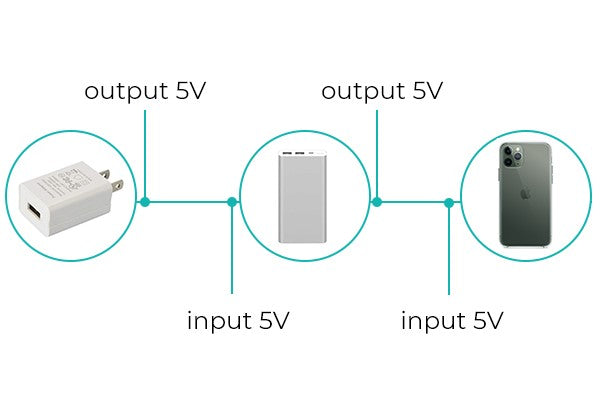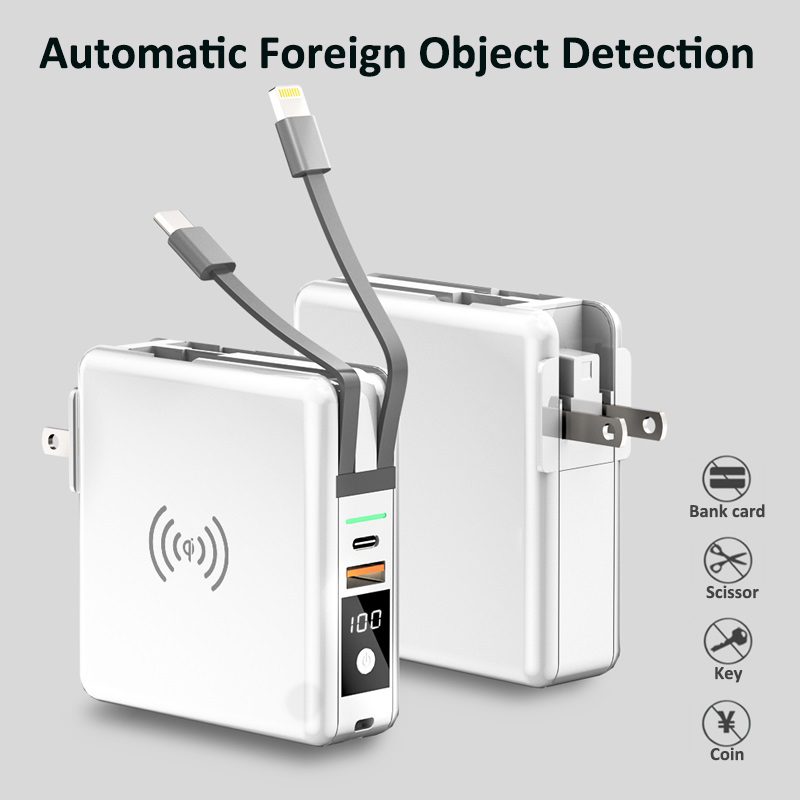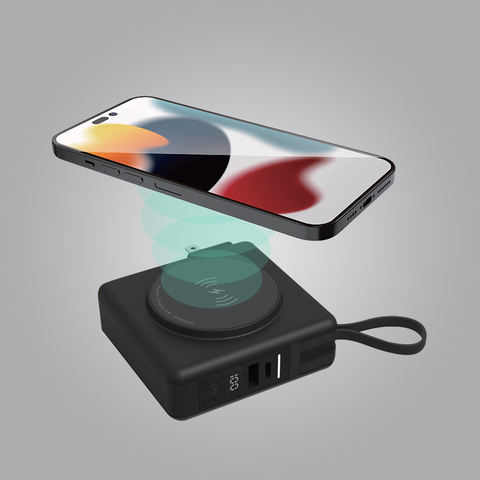
How to Choose a Safer Power Bank? Five Key Indicators to Help You Avoid Pitfalls
Power banks have become an essential gadget for staying powered up on the go, but choosing the wrong one can lead to potential hazards like overheating, short circuits, or even explosions. Selecting a safer power bank is crucial not just for your device but for your personal safety. Here are five key indicators to guide you in making an informed choice.
What Determines a Good Power Bank?
A good power bank combines capacity, safety, and build quality. Look for a power bank with a battery capacity suitable for your needs—typically between 10,000mAh and 20,000mAh for most users. Ensure the device has a sturdy build with no mechanical damage or irregularities. Additionally, check for features like multiple USB ports for simultaneous charging and LED indicators for convenience.
How Do I Know If My Power Bank Is Safe?
Safety certifications and features are the best indicators of a safe power bank. Prioritize models with over-charge protection, short-circuit protection, and over-temperature safeguards. Many reputable power banks carry certifications such as UL, CE, or FCC, which indicate compliance with international safety standards. Always read the safety instructions provided by the manufacturer.
What Capacity Should You Choose: 10,000mAh or 20,000mAh?
Your power bank’s capacity should match your usage needs. If you only charge a smartphone occasionally, a 10,000mAh power bank is sufficient, offering up to two full charges. For heavy users or those charging multiple devices like tablets or laptops, opt for a 20,000mAh or higher-capacity model.

What Safety Certifications Should You Look For?
Certifications ensure your power bank meets global safety standards. Look for UL certification (Underwriters Laboratories) as a benchmark. Other certifications to consider include CE for European standards and RoHS for environmental compliance. Power banks from trusted manufacturers often display these labels prominently.
How Does Output Voltage and Current Affect Safety?
The output voltage and current determine charging efficiency and safety. Most devices work with a 5V/2A output, but higher-capacity gadgets like laptops may require 9V/2A or more. Ensure your power bank’s output matches your device’s requirements to prevent damage or inefficient charging. Avoid generic or no-name brands that might not meet these specifications.

If you happen to be looking for a power bank for an emergency power supply, check out this recommendation –
3 in 1 | Travel Charger | Power Bank PD Wireless | 10000mah CE ROHS FCC | USB Type C, AC 5V 3A

This 3-in-1 Travel Charger combines a 10,000mAh power bank, PD wireless charging, and USB Type-C connectivity into one compact device. It features AC 5V 3A output for fast charging and is perfect for travelers. Certified by CE, ROHS, and FCC, it ensures safety and efficiency, making it the ideal all-in-one charging solution for your mobile devices on the go.
Summary
Choosing a safer power bank boils down to understanding your needs and prioritizing safety features. Stick to trusted brands, check for certifications, and pay attention to capacity and output specifications. By taking these precautions, you can avoid pitfalls and enjoy reliable power on the go. Have a favorite power bank or tips to share? Let us know in the comments!







